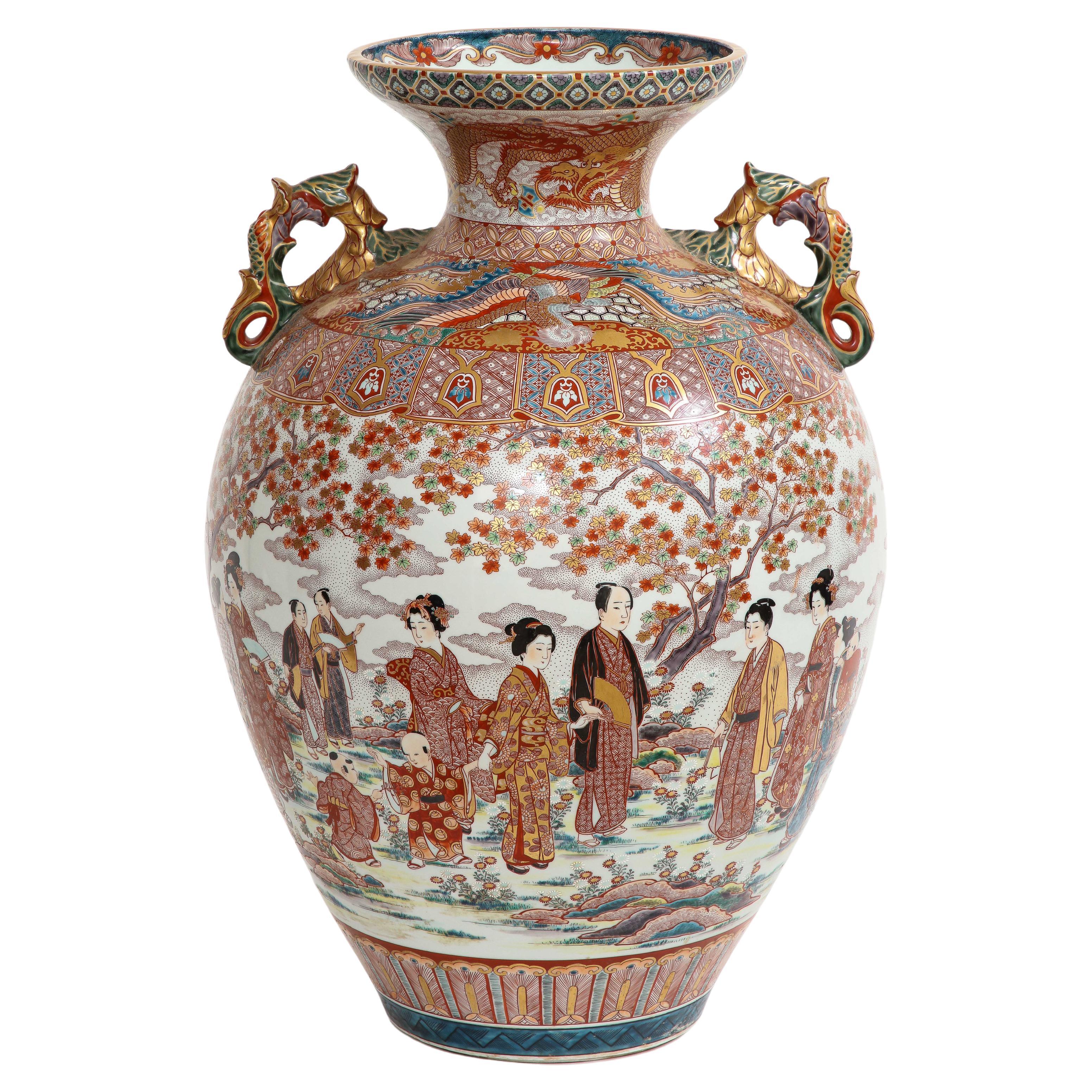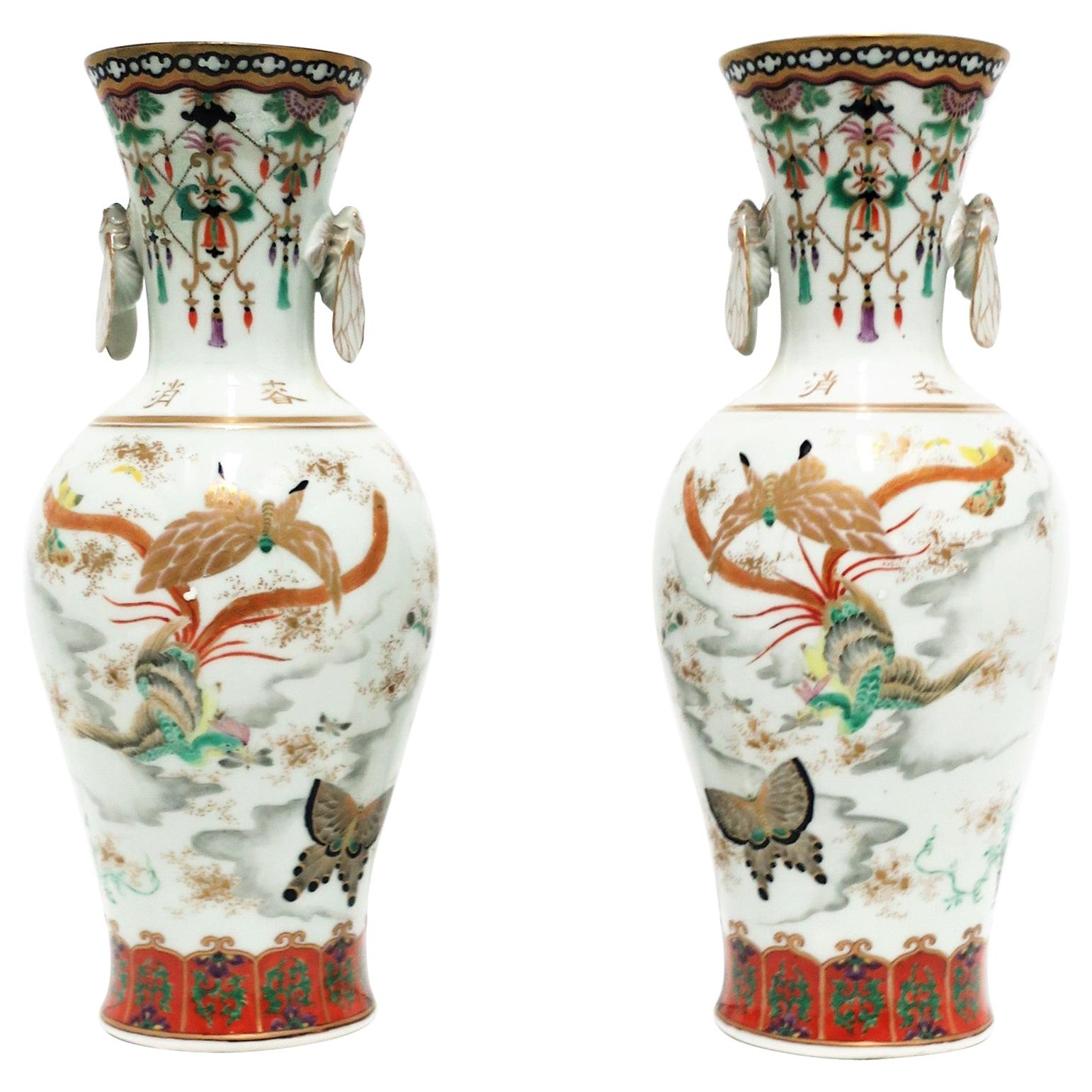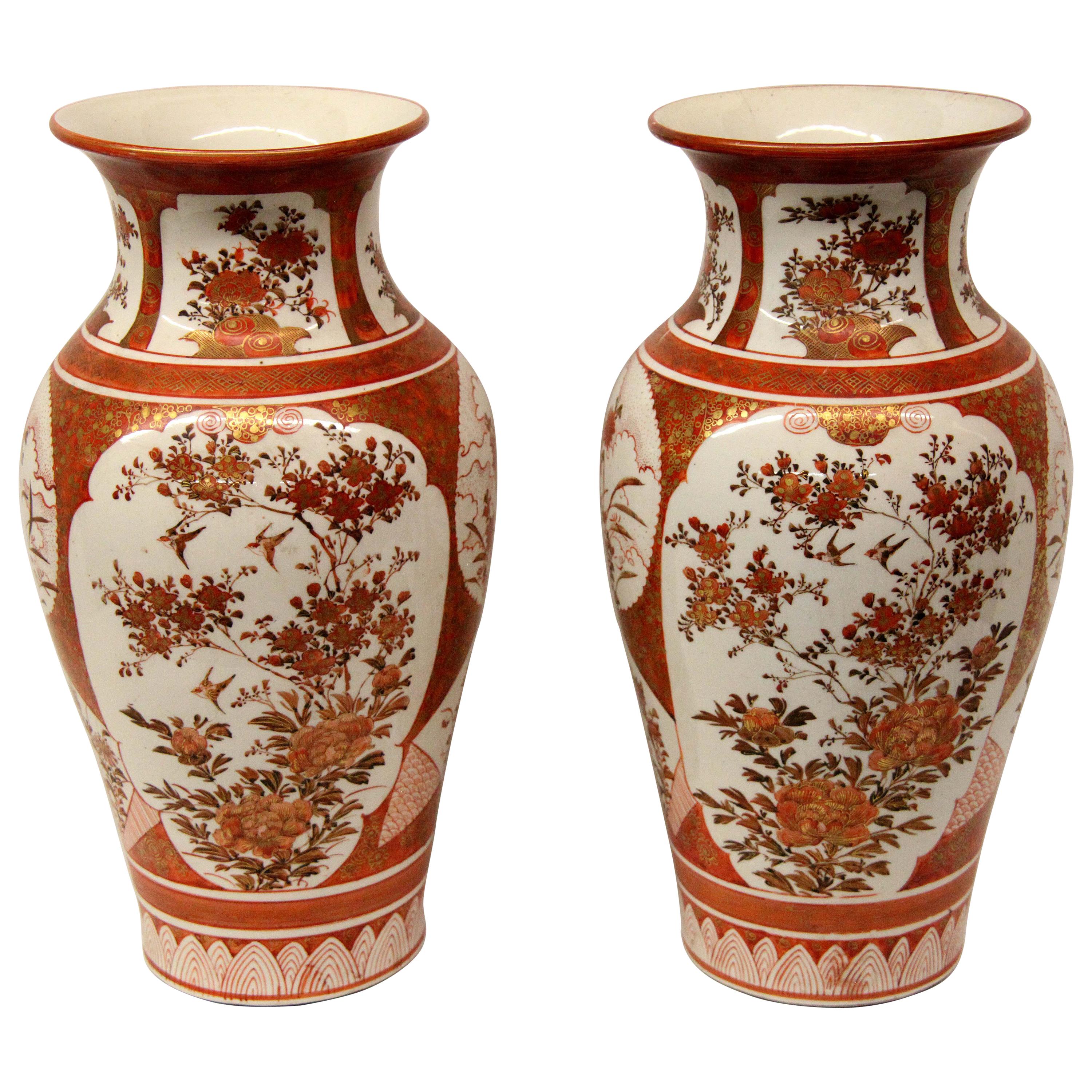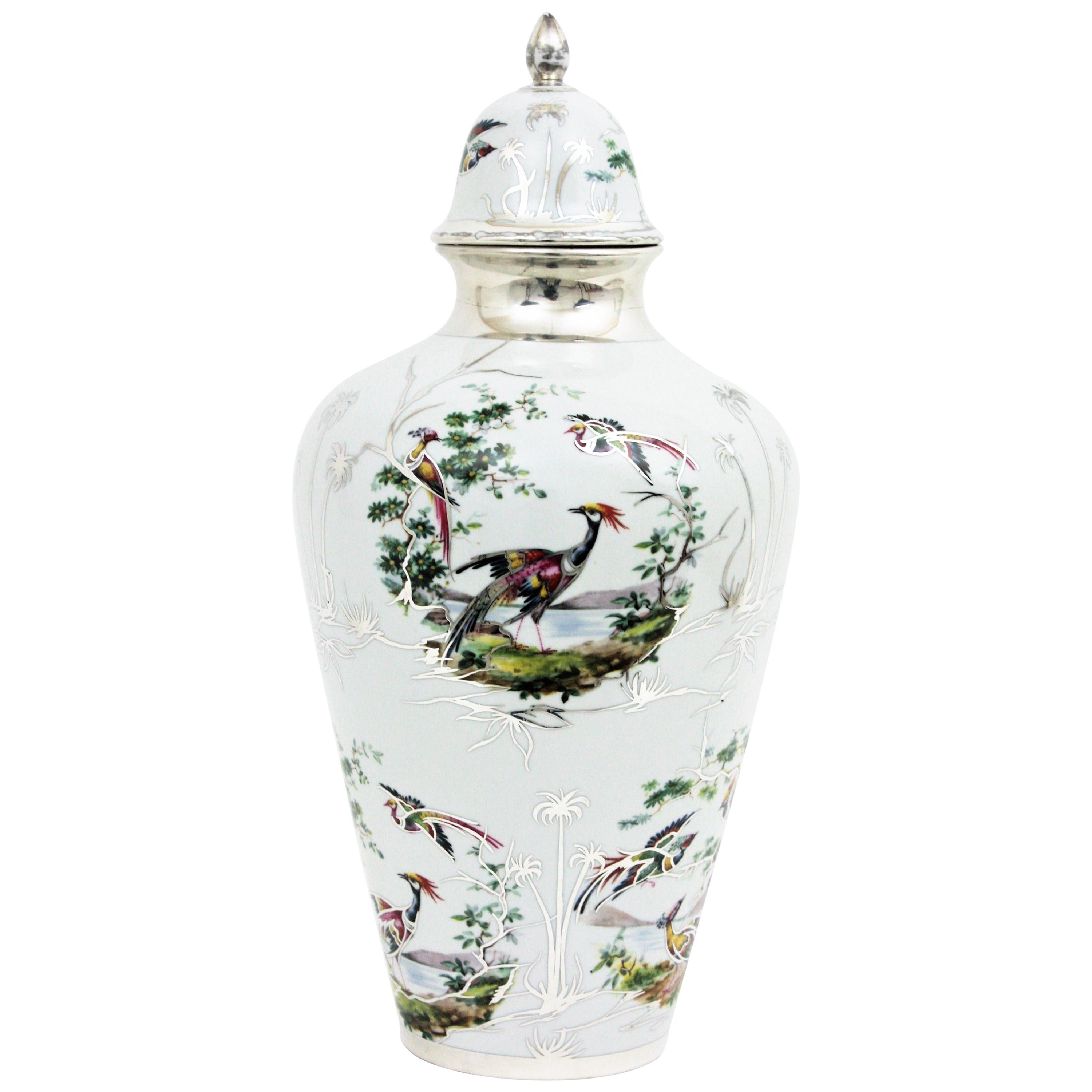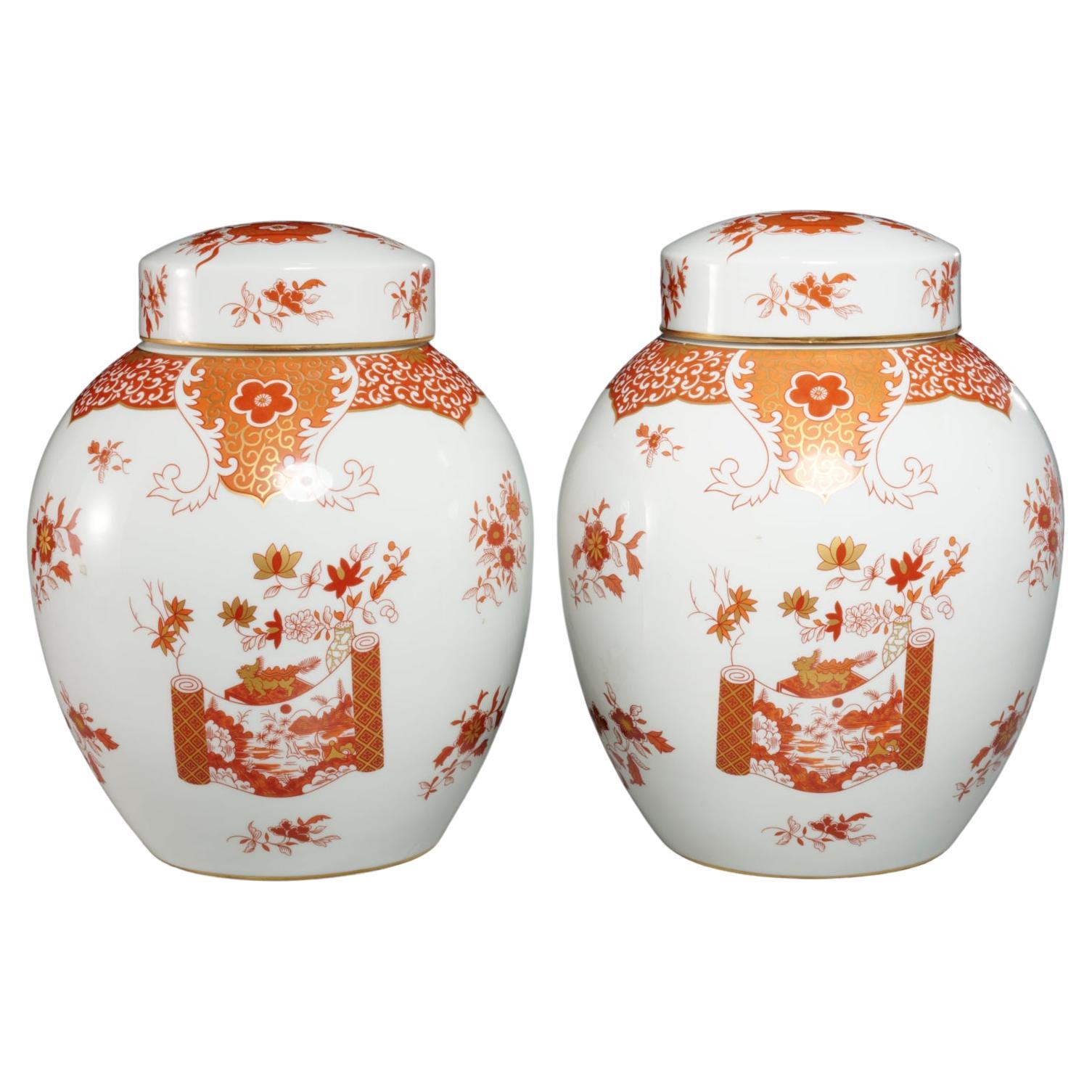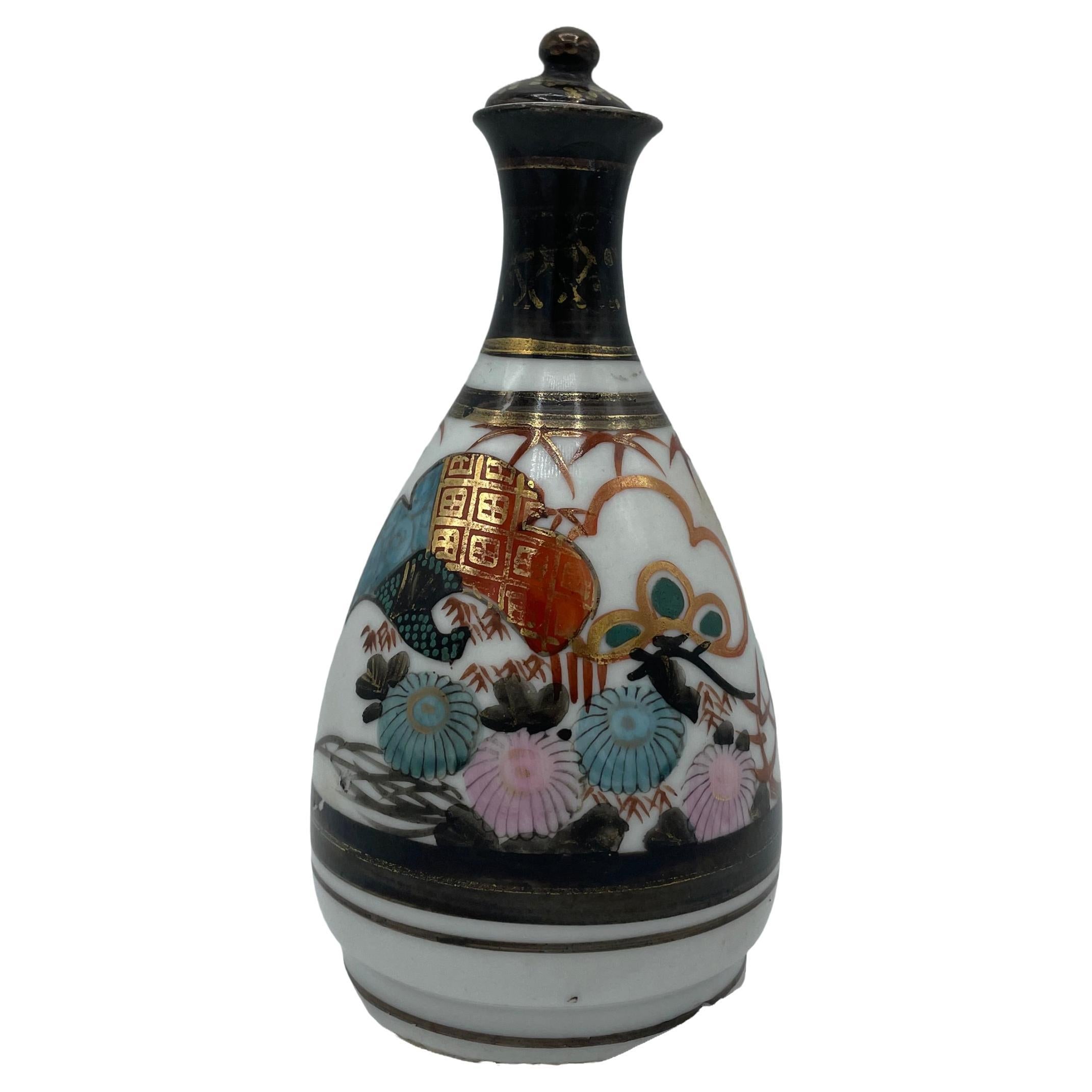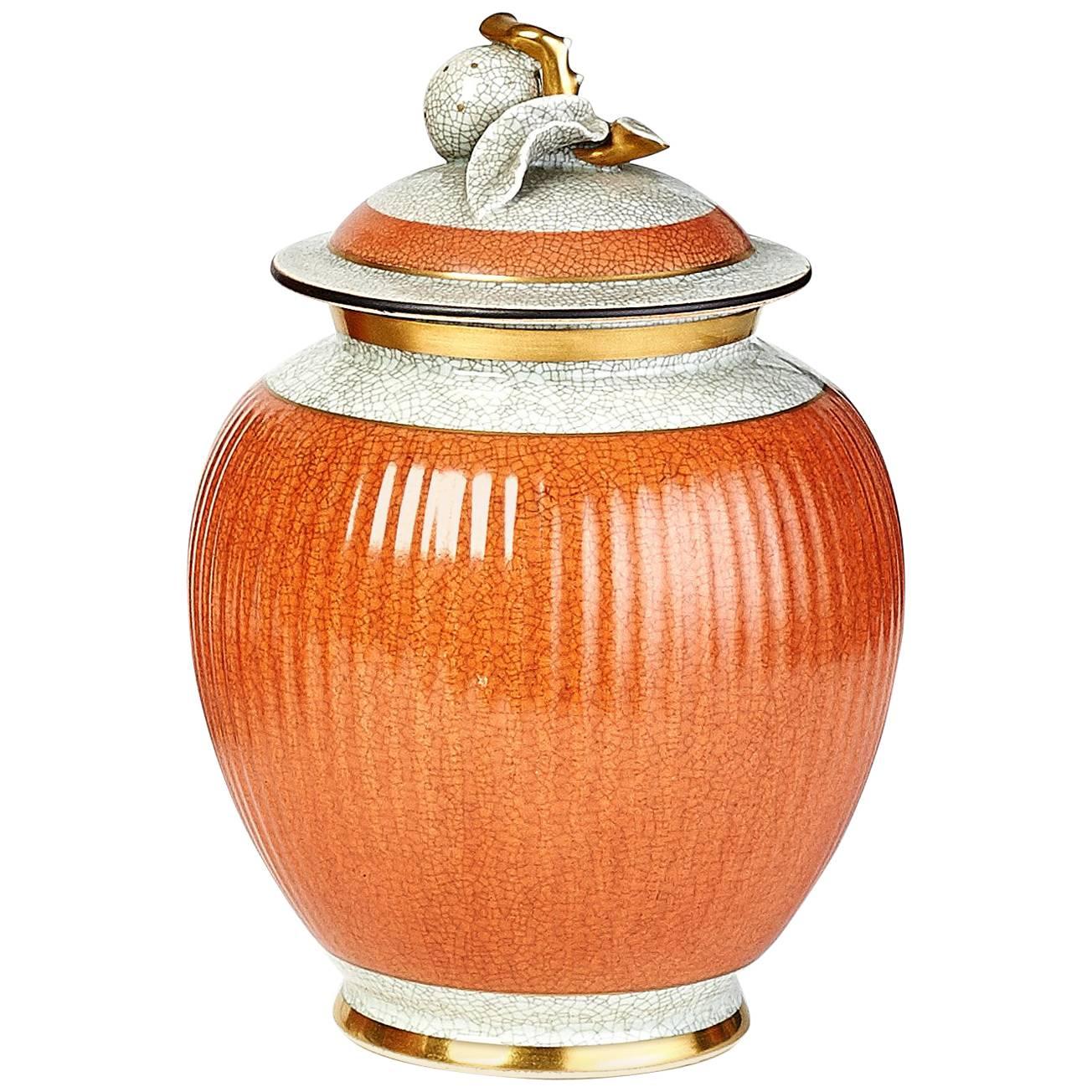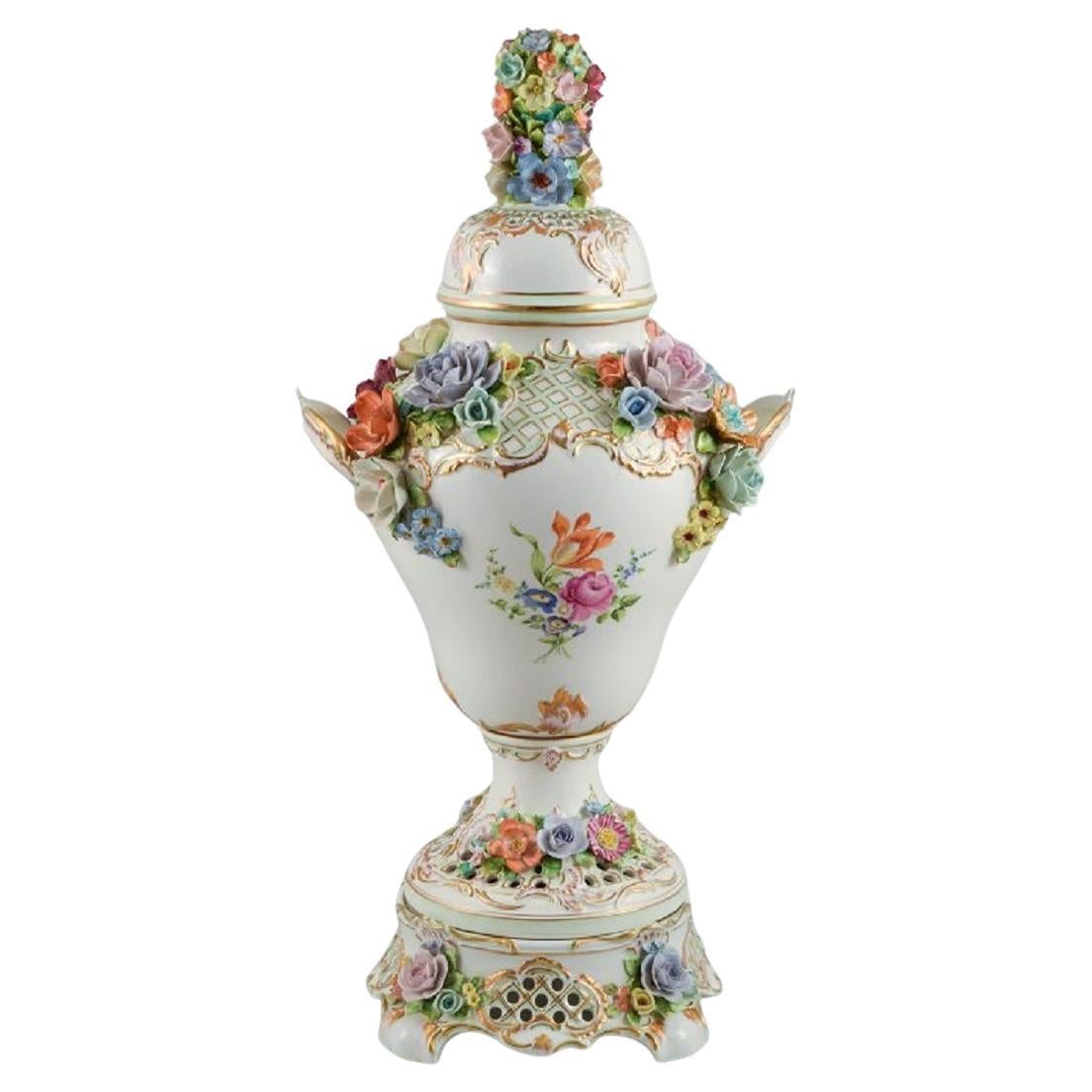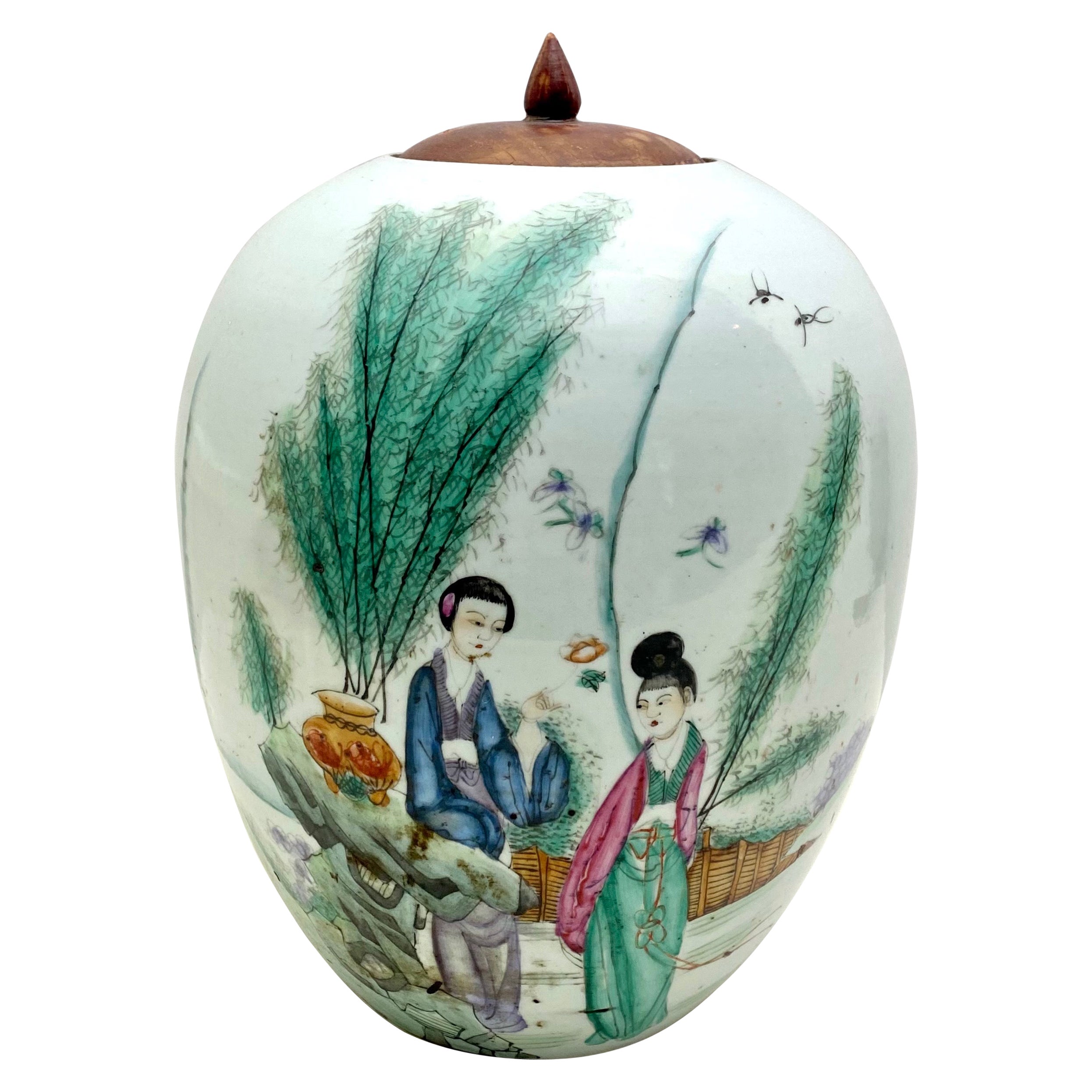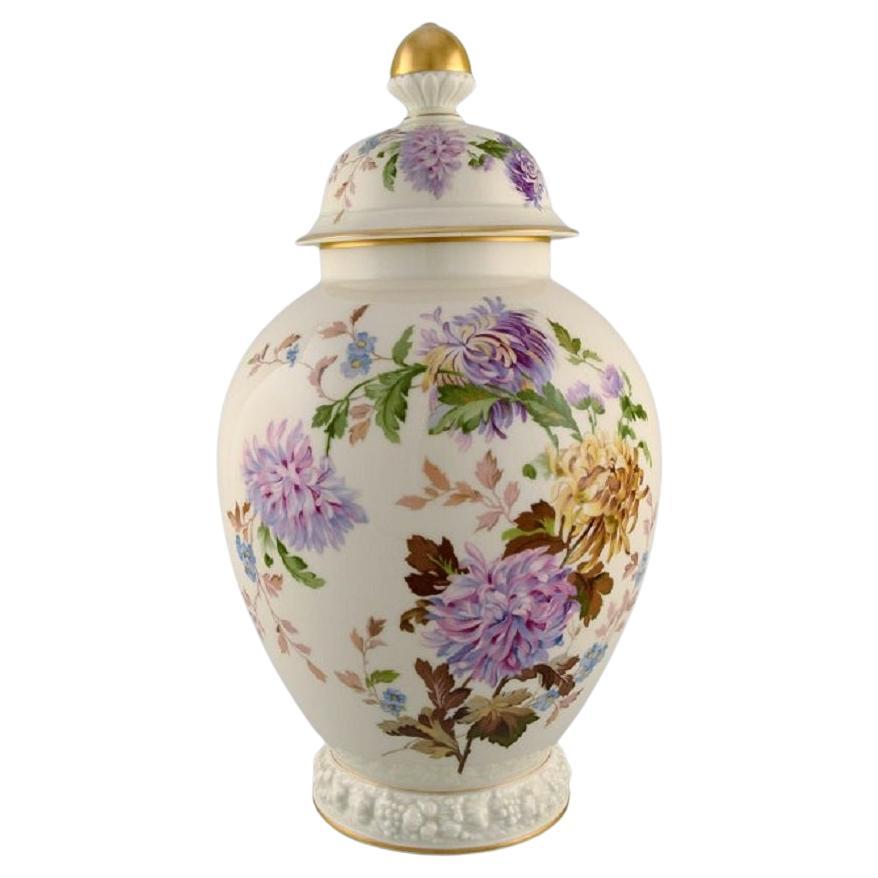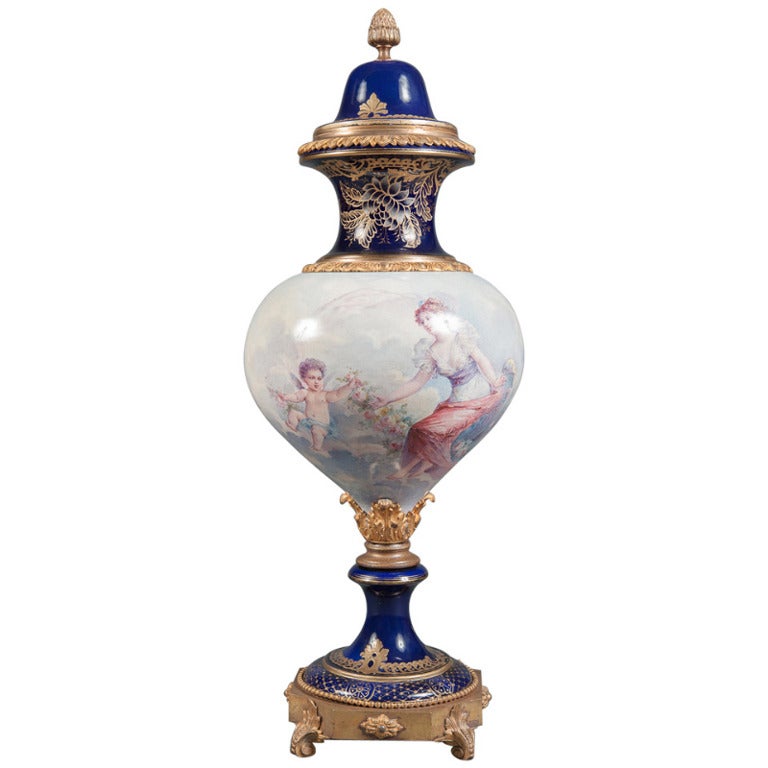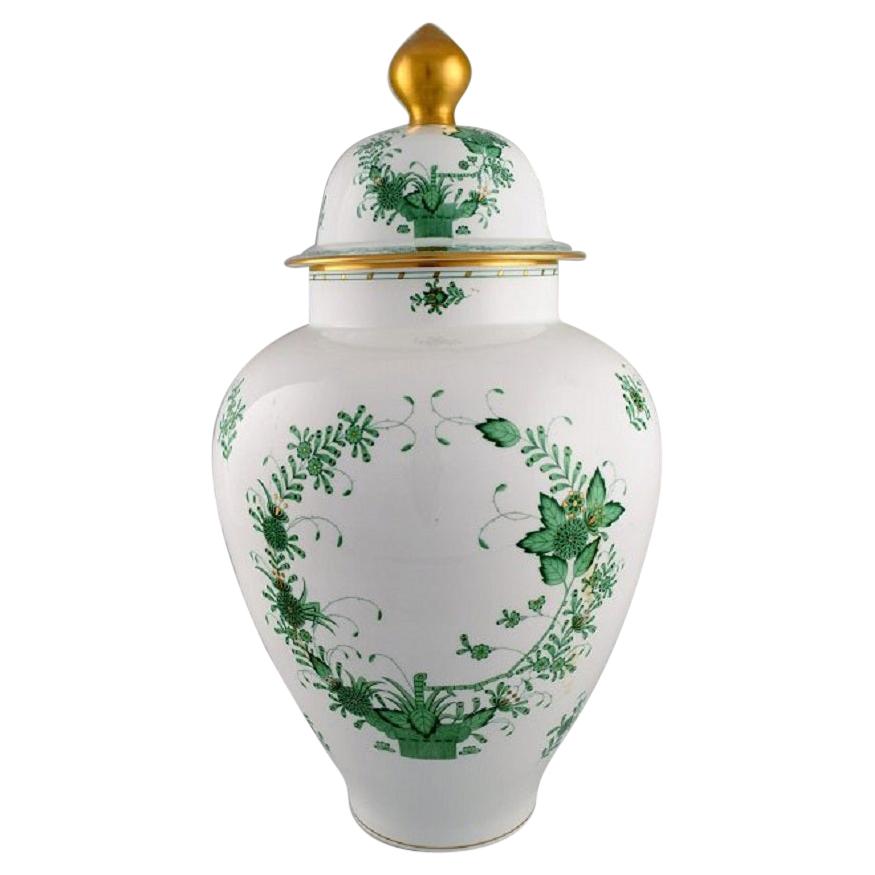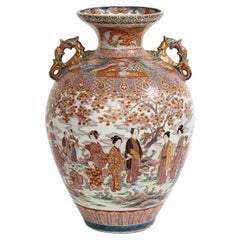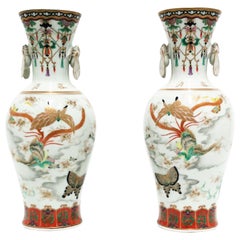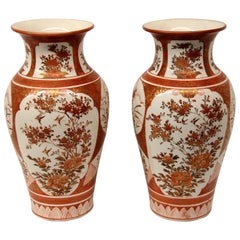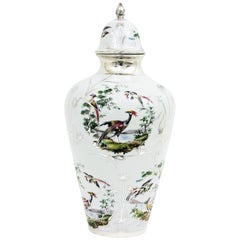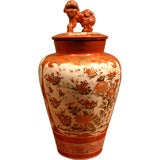
A Signed Japanese Kutani Porcelain Lidded Vase
View Similar Items
1 of 5
A Signed Japanese Kutani Porcelain Lidded Vase
About the Item
- Dimensions:Height: 14.25 in (36.2 cm)Width: 7.75 in (19.69 cm)
- Place of Origin:
- Period:
- Date of Manufacture:19th Century
- Condition:Good condition, some wear.
- Seller Location:San Francisco, CA
- Reference Number:Seller: 030-0351stDibs: U0906108431307
Authenticity Guarantee
In the unlikely event there’s an issue with an item’s authenticity, contact us within 1 year for a full refund. DetailsMoney-Back Guarantee
If your item is not as described, is damaged in transit, or does not arrive, contact us within 7 days for a full refund. Details24-Hour Cancellation
You have a 24-hour grace period in which to reconsider your purchase, with no questions asked.Vetted Professional Sellers
Our world-class sellers must adhere to strict standards for service and quality, maintaining the integrity of our listings.Price-Match Guarantee
If you find that a seller listed the same item for a lower price elsewhere, we’ll match it.Trusted Global Delivery
Our best-in-class carrier network provides specialized shipping options worldwide, including custom delivery.You May Also Like
Monumental Japanese Kutani Porcelain Vase, Meiji/Taisho Period, Signed
Located in New York, NY
A Monumental Japanese Kutani porcelain vase, Meiji/Taisho Period, Signed Akiyama sei. The main body is all hand-painted with wonderful ...
Category
Antique Early 1900s Japanese Meiji Vases
Materials
Porcelain
$14,800 Sale Price
20% Off
Art Deco Japanese Kutani Porcelain Vases Meiji Period, Pair
Located in New York, NY
A very beautiful pair of polychromed Kutani porcelain Japanese vases, circa early 20th century, Meiji period, Japan. Vases are hand painted and designed with two different sides; one...
Category
Early 20th Century Japanese Meiji Porcelain
Materials
Porcelain
Pair of Japanese Kutani Vases
Located in Wilson, NC
Pair of Japanese Kutani vases, the baluster form with multiple panels featuring flowers and birds.
Category
Antique Mid-19th Century Japanese Porcelain
Materials
Porcelain
$2,450 Sale Price
30% Off
Chinese Porcelain Lidded Vase, 1950s
Located in Barcelona, ES
Mid-Century Modern porcelain tall vase with lid, floral and naturalistic motifs, China, 1940s-1950s.
This urn lidded vase features a naturalistic landscape wit...
Category
Mid-20th Century Chinese Mid-Century Modern Porcelain
Materials
Silver
Mid 20th C. Kutani Style French Porcelain Lidded Ginger Jars - A Pair
By Porcelaine de Paris
Located in Morristown, NJ
20th c., a pair of Japanese Kutani style porcelain lidded jars, stamped on Porcelaine de Paris underside of foot. The mark indicates the piece was produced in the 1970's. The jars are decorated in deep orange, tangerine and gold motifs on a white background. On one side, both jars have matching decoration depicting a scroll showing a pastoral scene. On the other side, each jar has a seperate floral depiction; one including bamboo. Both are highly decorative.
Founded 1773 by Jean-Baptiste Locre, Porcelaine de Paris, was one of the first manufactures to use the Chinese secret of porcelain. It immediately aimed for the luxury trade, selling to the Royal Courts of Europe.
After surviving the French Revolution, Porcelaine de Paris steadily produced tableware as well as purely decorative pieces, receiving orders from all over Europe. Productivity was astonishing, creating one new model every day over 30 years!
Around 1830, Jean-Marx Clauss, a German-born potter bought a building at Rue de la Pierre-Levee, where he took over Locre's activity. M. Achille Bloch...
Category
Vintage 1970s French Japonisme Jars
Materials
Gold
Japanese Porcelain Kutani Sake Bottle with Lid 1970s
Located in Paris, FR
This is a sake bottle which is called 'tokkuri' in Japanese.
This tokkuri is made with porcelain and it is hand painted.
It was made in Showa era around 1970s.
The design is the land...
Category
Vintage 1970s Japanese Showa Porcelain
Materials
Porcelain
$221 Sale Price
20% Off
Recently Viewed
View AllMore Ways To Browse
Perone Side Table
Perrier Cepede
Persal Table
Persian Inlaid Side Tables
Perspecta Headboard
Peru Leather Tooled Coffee Tables
Peruvian Effigy
Peter Beard Ceramics
Peter Ganine
Peter Hvidt Cart
Peter Marsh Lamp
Peter Max Artist Proof
Peter Max Scarves Vintage
Peter Max Two Sages Looking At Sunrise
Peter Pepper Pinwheel
Peter Shire Menorah
Peter Solow
Peter Thursby
